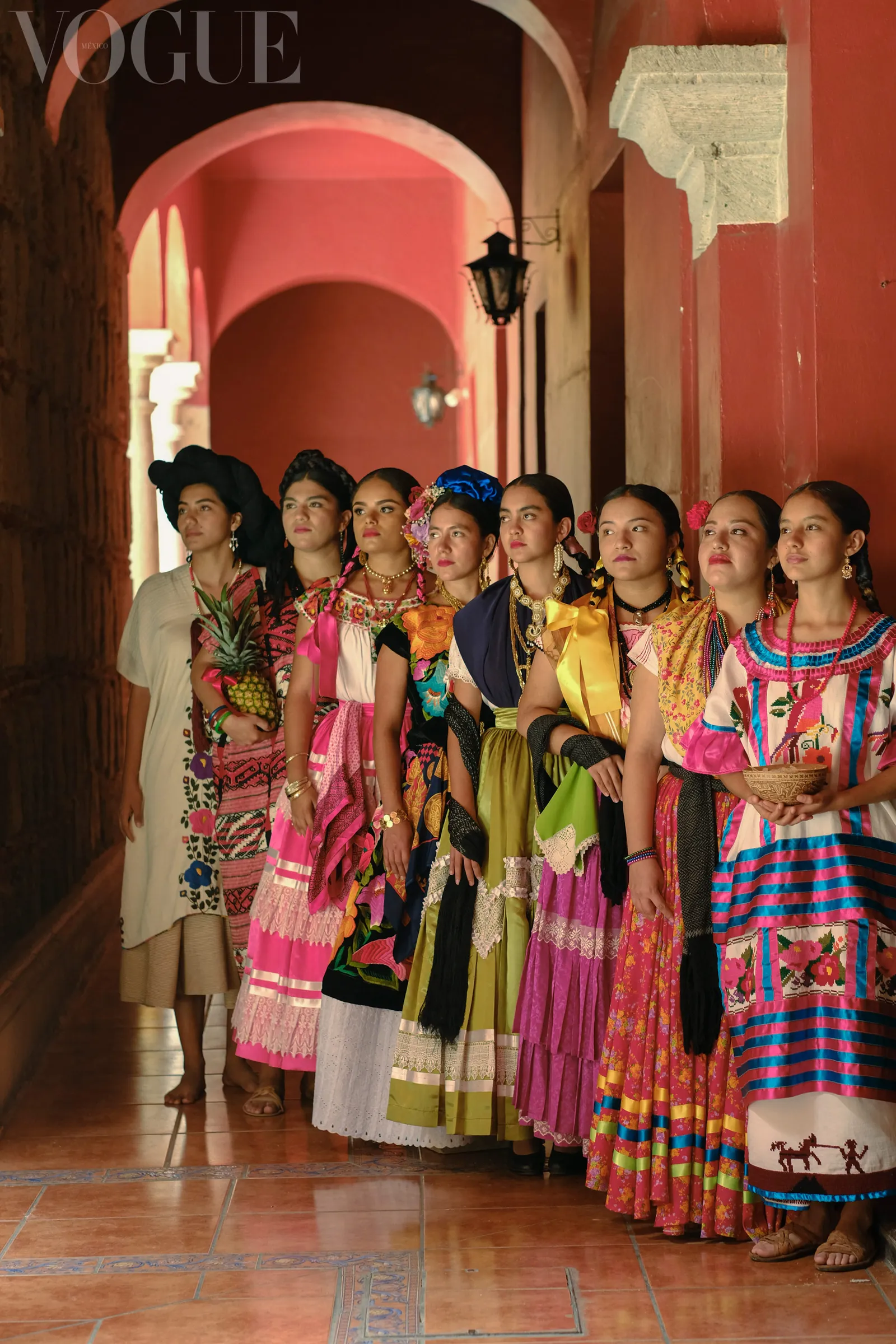We can tell you the story of huipil.
In the Cañada region of Oaxaca in the Sierra Mazateca. In this area, there are natural and cultural jewels and is one of the towns considered magical, is Huautla de Jiménez.
This place is full of legends, magic, gastronomy, and ceremonial rites, in which mushrooms have been used as part of rituals.
The name Huautla is likely derived from Cuauhtlan, whose meaning is placed next to the eagles.
This space of the Mexican geography is recognized internationally since it was the one that saw the birth of one of the iconic indigenous characters of our nation, the shaman María Sabina.
But in addition, Huautla de Jiménez has one of the most beautiful regional costumes in the country: the huipil.

Traditionally worn by women, this costume is distinguished by its cross-stitch embroidery and by the flowers and birds in which turquoise blue color stand out in the designs.
The huipil has some solferino-colored slats; a reddish-purple color that is obtained from the nopal mealybugs, (a technique inherited from the Aztecs) to turn them into a powder that worked as a pigment.
It is a color very similar to grana and was called nocheztli, which means blood of tuna.
The huipil is divided into squares at the top, four to be precise, and rectangles at the bottom.
It is adorned with a tulle collar and pink and blue ribbons in addition to putting on a rebozo.
Women are combed with two braids that are dropped on the chest and woven with a black ribbon color.
What do the color and embroidery of the huipil of Huamantla mean?
- In the embroidery and making of the huipil, nothing is chance. The blue ribbons represent the sky. Roses to ripe coffee.
- The cross embroidery as mentioned above represents the birds of the area: hummingbirds, blackbirds, or pigeons.
- The flowers that adorn this costume are usually gardenias (which have a very characteristic aroma), tulips, and roses.
- On the neck, the blue ribbons are the lakes and rivers, while the pink ones represent tenderness.
- The tulle of the neck is the mist and the sleeves with lace highlight the feminine beauty.
- The slats that go at the top, also represent the days of the week, in the back the meaning of the months of gestation of a mother is reflected.
- The vertical and horizontal lines allude to the roads and paths of the territory.
The women to complement their attire, are adorned with earrings that symbolize the stars, and necklaces made with the fruits of the region are hung.
The skirt or petticoat they use also has cross-stitch embroidery that captures figures of pack animals that symbolize Mazatec travel and trade.
For Mazatec women, there are three types of huipiles that she uses on different occasions:
The gala, which is usually worn in the celebration of the Guelaguetza and other festivities of the region.
The mourning one is for funeral rituals and the third is the one used in the day-to-day.
And what about men?
For men, it is a simpler suit. It is a shirt made of blanket fabric that is dyed in different color and adorned with a red scarf accompanied by a palm hat.
How much does a huipil of Huautla de Jiménez cost?
A huipil of Huautla de Jiménez costs around $1,000 and the embroidery and color can also be seen on tablecloths and blanket blouses.
So the next time you go to Oaxaca, do not miss the opportunity to acquire one of these unique pieces, which are appreciated internationally.
We invite you to learn more about the crafts and traditions of Oaxaca by visiting the following articles:






















